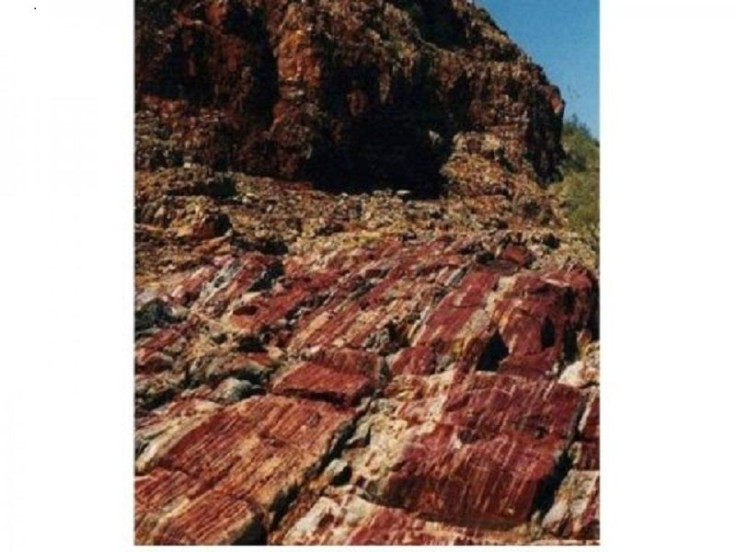Australian researchers discover spherules collection, proof of massive asteroid that struck Earth

Asteroids do not just represent a threat to Earth. One such asteroid hit the planet when it was still forming, and researchers at the Australian National University (ANU) found proof of it in northwestern Australia.
The proof are the spherules, tiny glass beads that formed from vaporised materials from the asteroid impact. The material from the impact spread worldwide with the spherules found in sea floor sediments dating back from 3.46 billion years ago, says Dr Andrew Glikson from ANU’s Planetary Institute.
He says the asteroid hit caused mega earthquakes greater than terrestrial tremors. It likely triggered huge tsunamis capable of crumbling cliffs. Glikson estimates the size of the asteroid at 20 to 30 kilometres across. Given its massive size, the crater it created would be hundreds of kilometres wide.
The scientists says the asteroid is the second oldest known to have struck Earth and one of the biggest. Glikson and Dr Arthur Hickman, from the Geological Survey of Australia, discovered the glass beads in a drill core from Marble Bar. It is a sediment layer originally on the ocean floor preserved between two volcanic layers. That structure allowed the ANU researchers to compute the precise date of its origin.
The discovery is the result of a 20-year search by Glikson who, upon seeing the spherules, immediately suspected it came from an asteroid hit. The confirmation came from testing which found levels of elements such as chromium, nickel and platinum to match those in asteroids, reports Science Daily.
The find is just the tip of the iceberg, says Glikson who published the results of their study on the Precambrian Research journal. He adds the ANU team found evidence for 17 asteroid hits older than 2.5 billion years, and these number in the hundreds.





















